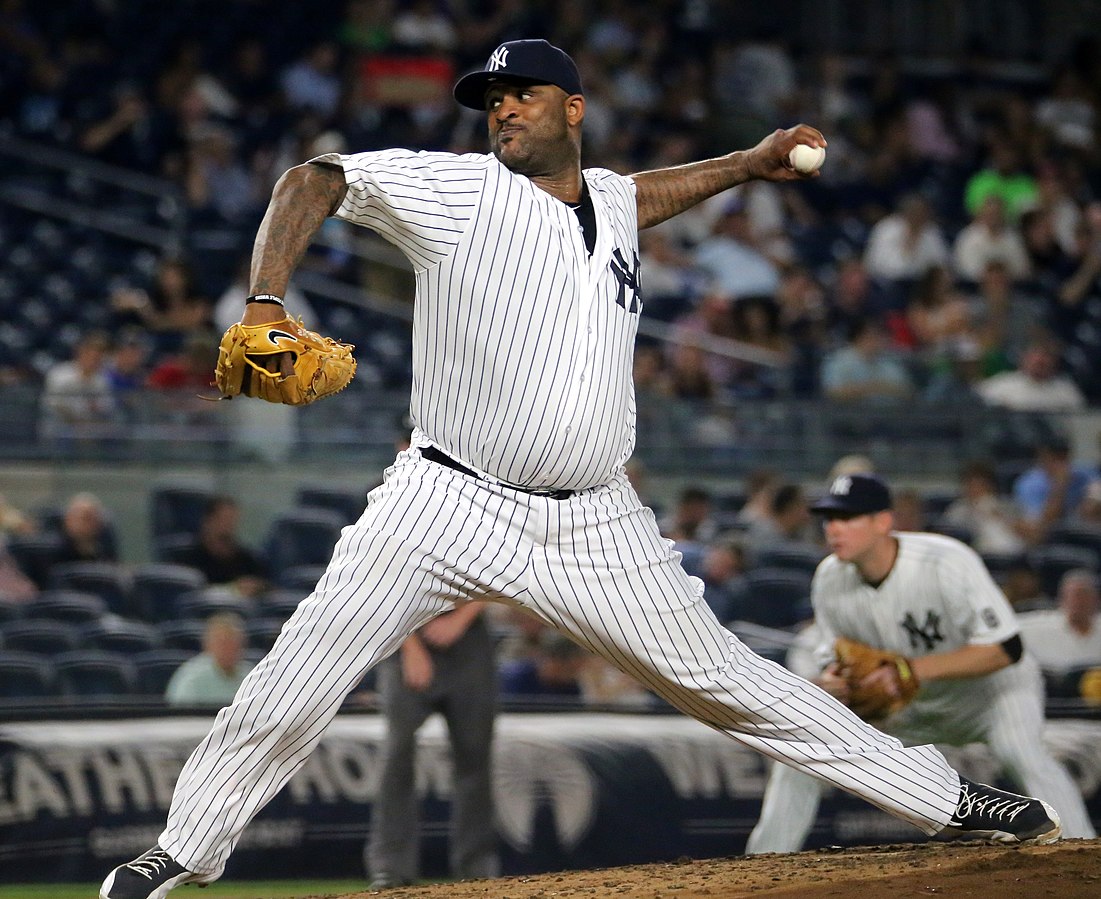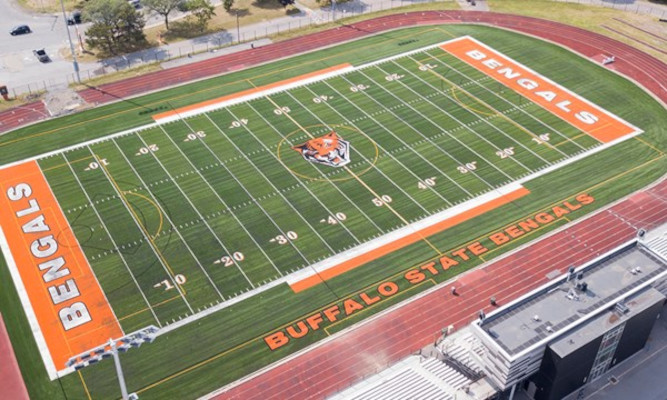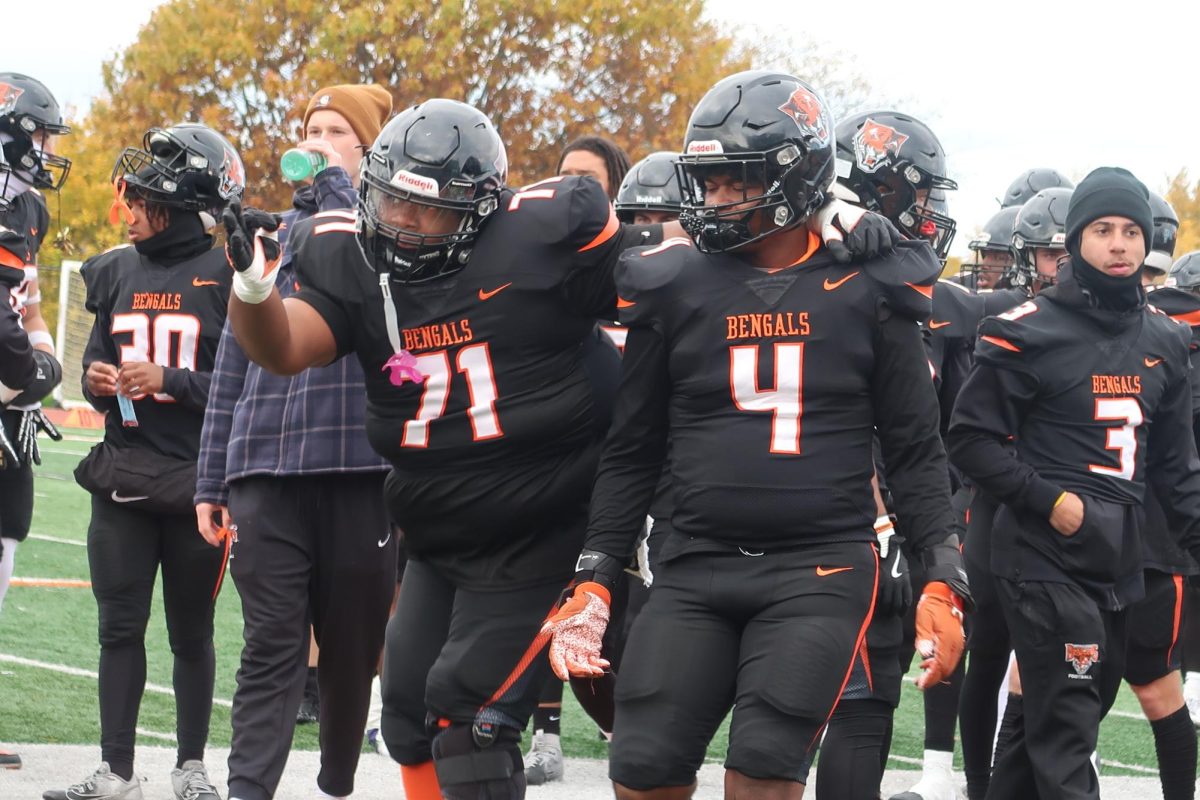Welcome back to the second edition of my new series, Becoming a Baseball Guy. In last week’s addition, we discussed one of the most important things in baseball: picking a team.
Pitching might seem like a very straightforward thing in baseball, or at least that’s what I thought. But, as I have watched more and more games this season and after talking with my baseball guy consultant (shoutout Gregg), I have learned that there is a lot more to it than you would think.
When evaluating whether a pitcher is skilled, one should consider: a) how many types of pitches they throw, b) how hard they throw—also known as velocity—and c) how well they perform in high-leverage situations, which refers to their effectiveness under pressure.
What makes a great pitcher is: a) consistency, b) being able to place the ball exactly where they want, and c) getting hitters to swing at the pitches they want them to swing at.
Pitching is not merely about being able to put pitches in the right spot either.
Through the pitches that they throw, pitchers often attempt to play a mental game with their hitters. The types of pitches include: fastballs, breaking balls, and off-speed pitches.
Pitches that would be considered fastballs would be a 4-seam fastball, 2-seam fastball (sinker), and a cutter. Breaking Balls include curveball and sliders. Then, generally, pitchers off-speed pitch is just a changeup.
With how skilled pitchers are nowadays, you can see lots of variety and slight differences such as pitches like a forkball or knuckle-slider. Pitchers are always working to improve and perform different kinds of pitches; so, don’t beat yourself up if you see one in game and don’t exactly know what it is.
The next part of pitching is knowing what I can best describe as the positions within the position. Pitchers are unique because there are essentially 3 kinds of them.
The first kind is obvious: the starting pitcher. Starters typically have 4 to 6 different types of pitches. In a great game, they might throw anywhere from 80 to 100 pitches. The downside, unfortunately, is that you want your starter to go at least 5 to 6 innings—but if they have a rough couple of innings, it can throw off your entire bullpen.
A bullpen is where the pitchers warm up and contains the pitchers called Relievers and Closers.
Relievers generally only have 1-2 kinds of pitches. Since they perform few pitches, you only really want them in there for 1-2 innings. The more they pitch, the easier it becomes for hitters to figure them out.
Closers are best suited in high leverage spots and can throw high velocity pitches. Typically, they come in during the 8th or 9th inning and the hope is that they can close out the game.
I realize there is a lot of ground to cover, but I only scratched the surface of what pitching is in Major League Baseball looks like. This covers some of the basics and gives enough information that you will be well informed enough to not feel crazy when watching or listening to a game. Hopefully, I will see you next week for the next edition of Becoming a Baseball Guy.





